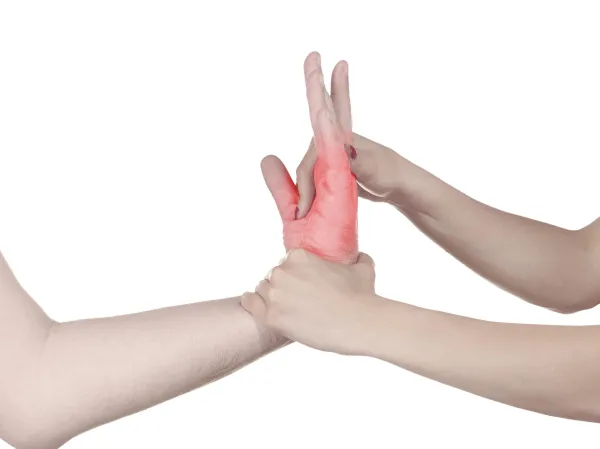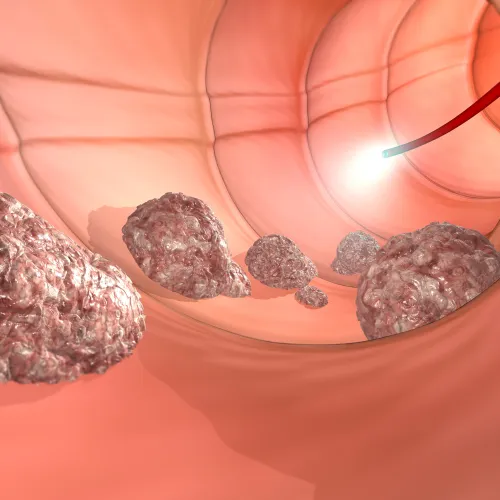Look Beyond Modifier 78 for Anesthesiologist
Question: On a take-back surgery for postoperative bleeding on the same day as the first procedure, which modifier should I report? I have seen some literature that suggests modifier 78 is most appropriate. Iowa Subscriber Answer: A modifier and an additional diagnosis code are necessary to explain to the insurance company that the second surgery was due to postoperative bleeding, especially if the second surgery requires the same anatomical anesthesia code. Depending on the circumstances, you may want to report modifier XE (Separate encounter, a service that is distinct because it occurred during a separate encounter). Use XE only to describe separate encounters on the same date of service. Another possibility is modifier XP (Separate practitioner, a service that is distinct because it was performed by a different practitioner). To learn more about these modifiers, be sure to read the MLN Fact Sheet, “Proper Use of Modifiers 59 & –X{EPSU}” (www.cms.gov/files/document/mln1783722-proper-use-modifiers-59-xepsu.pdf). Modifier 78 (Unplanned return to the operating/procedure room by the same physician or other qualified health care professional following initial procedure for a related procedure during the postoperative period) is appropriate for reporting an unplanned return to the operating or procedure room, by the same physician, following an initial procedure for a related procedure during the postoperative period. Important: Modifier 78 is generally related to the surgeon’s services, not anesthesia. Diagnosis code: You mentioned post-op bleeding as the reason for the return to the operating room. The diagnosis code will depend on the circumstances and possibly the initial surgery. For example, if the patient had a digestive system procedure and subsequently had hemorrhage of a digestive system organ, K91.840 (Postprocedural hemorrhage of a digestive system organ or structure following a digestive system procedure) describes the situation to an insurance carrier. The documentation should confirm the cause-and-effect relationship between the procedure and complication. This diagnosis code, in addition to the modifier, explains why you are reporting two anesthesia services in one day.




